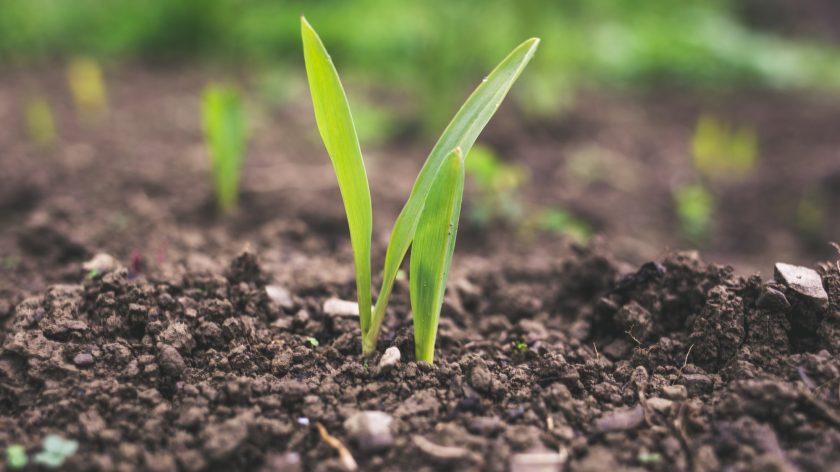Does improved credit flow lead to increased agricultural output?

The following story is written by Jayanta Chakraborty, Economic Analyst, Arthashastra Intelligence
Even after 73 years of independence, India as a country is still largely dependent on agriculture and allied activities for earning its daily bread – nearly 70% of the rural Indian population are absorbed in agricultural activities, but it still contributes only 16% of Gross Value Added (GVA), according to the 2019 PLFS survey conducted by National Sample Survey Office (NSSO).
In India, enhanced credit flow is seen as an important factor for stimulating agricultural growth. It is in this context, the Reserve Bank of India (RBI) in 1994-95 had advised public sector banks to prepare Special Agricultural Credit Plans (SACP) to improve the flow of credit to the agricultural sector. The credit system in Indian agricultural scenario is a composite of both formal and informal sources – with the former including Micro Finance Institutions (MFI), Commercial Banks and Cooperative Banks and the latter include friends, relatives, commission agents, traders, private moneylenders, etc.
Although difficult to capture because of the inherent endogenous nature of agricultural output, it seems plausible that higher credit flow to farmers would result in higher agricultural output. We thus consider a Panel Data framework for the Indian states and the years 2005-2011, trying to study the relationship between credit released by Scheduled Commercial Banks (SCB’s) and the Gross Value Added (GVA) by agriculture. Our approach includes:
a) Firstly, we try to analyse the trends in the two variables with a bubble chart over the given timeline,
b) And then to measure the impact of credit – we appeal to the incremental output per unit of credit, which by definition, captures how much agricultural output increases for an unit increase in bank credit.
From our analysis, our conclusions are:
1) With a high correlation coefficient of 0.8, we can definitely say that there is a high amount of causality between credit and agricultural output,
2) The inequality in credit disbursement, as measured by the Coefficient of Variation (C.V.) has been more or less stable in the range [1.2436921, 1.436810]
3) From the comparative trends, we notice the following:
a) Uttar Pradesh has made the most progress in terms of GVA,
b) Andhra Pradesh continues to receive the largest chunk of the credit throughout,
c) Chhattisgarh had seen the maximum increase in disbursement over the five year period at 45.45%.
4) From our analysis of agricultural output per unit of credit disbursed, we conclude:
a) Haryana tops the chart for 2011 and West Bengal for 2005, thus being the most productive states in terms of credit for the respective years,
b) The average marginal productivity of output, on an average, for the entire country sees a massive increase from 97.3 in 2005 to 443.3 in 2011. In economic terms, the quantity of agricultural output which could have been produced by one unit of credit in 2005, almost 4.5 times more agricultural output can be produced with the same one unit of credit in 2011.
Limitations of the approach:
· Nature of the endogeneity: The very basic problem with such an approach to determine the impact of credit is the endogenous nature of agricultural output – thus several factors needs to be considered to capture the effect on agricultural output,
· Missing Data: Because of non-availability of credit data for the initial years in some states, the data was replaced by average values of the remaining years – this not only resulted in ‘zero’ Marginal Credit Disbursed values (owing to repeated values), but also infinite incremental GVA-credit values. This was taken care of by replacing it with nan values.
